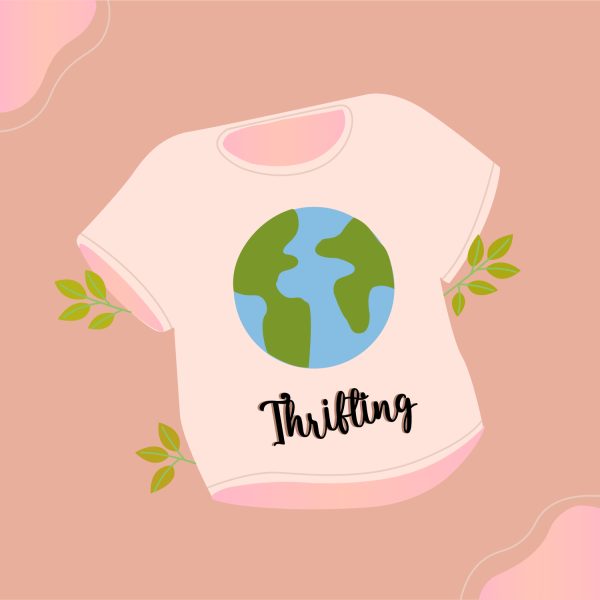Women’s History Month
April 22, 2021
Everybody knows about Women’s History Month, but it doesn’t seem to be acknowledged much at all. When it is acknowledged, it seems to be mainly only by women. There needs to be more representation surrounding Women’s History Month and the women’s movement in general. When you think about it, there seems to be many important elements that are missing. It seems clear that while much progress within the women’s movement has been made over the past few centuries, there is so much more that still needs to happen.
Women’s History Month actually started out as Women’s History Week. It started out in Santa Rosa, California as a local celebration during the week of March 8, so it would line up with International Women’s Day. The movement quickly gained traction, though, and soon communities all over the country were celebrating Women’s History Week. In 1980, women’s groups and historians lobbied for national recognition and President Jimmy Carter declared the week of March 8 as National Women’s History Week.
Before criticizing the month of women’s history (which is a necessary celebration), it is important to make clear why Women’s History Month is important; “to see how far we’ve come, but how much further we need to go in order to achieve equality,” says freshman Anna Karson.
Eventually, National Women’s History Week turned into National Women’s History Month, which is celebrated throughout the month of March. It seems, however, that there is a lack of women’s representation and education about the history of women throughout March. Sophomore Max Robinson says, “It seems that people talk more about international women’s day than women’s history month and a lot of people tend to not celebrate the rest of the month,”. It seems like a majority of the celebration occurs on International Women’s Day and the rest of the month people forget that it is even Women’s History Month. “People tend to focus on only a few well-discussed issues such as women’s voting rights and salaries, yet disregard issues such as the cost of menstruation products” says junior Sage Drew.
So, there is a lack of education and representation during Women’s History Month. What can we do about it? Well, first of all, making the movement intersectional is absolutely necessary. People will claim to be feminists, yet do not support all women everywhere. An example of this is how recently the French Senate voted to ban anyone under the age of 18 from wearing a hijab in public. They claim they are doing this for “gender equality,” yet this is just another instance where women and girls are being told what they can and cannot wear. People will go on about how girls should be able to wear what they want (referring to revealing clothing), yet will support bans like this which say women should not be able to wear what they want. No matter how modest or revealing, women should be able to wear whatever clothes they wish to and the government should have no say in that. So when talking about making the women’s movement more intersectional, this is the type of situation we are referring to. There is a lack of support for and representation of minority groups in the women’s movement and that needs to change.
Senior Grace Lambert says, “Education and listening are crucial in making any movement more intersectional.” . Now that intersectionality has been discussed, let us review how education can be implemented into Women’s History Month- schools! Implementing a Women’s History Month curriculum into schools would completely change and improve the women’s movement. Teaching children from a young age about why Women’s History Month exists and why it is important to celebrate could completely change their outlooks on the world and help turn them into more educated and understanding people. I think one of the reasons there has been no Women’s History Month curriculum implemented into schools is because it will take away from the curriculums schools need to get through every year. It is very easy, however, to mash the two together. For example, have students read books written by female authors centuries ago (when female authors were rare) instead of reading the same books written by white men over and over again. Furthermore, you can delve deeper into the suffragette movement in history class. It really would not be hard to make these changes if the schools just tried. Everyone would benefit from it and learn more because of it.
All in all, Women’s History Month is extremely important, but that does not mean it could not use some alterations. Women’s History Month seems to be like that one holiday that nobody cares about. This needs to change! Sure, you see posts on your social media feeds and you might hear a few people say speak of it, but at the end of the day, where is the celebration? The representation? The education?




